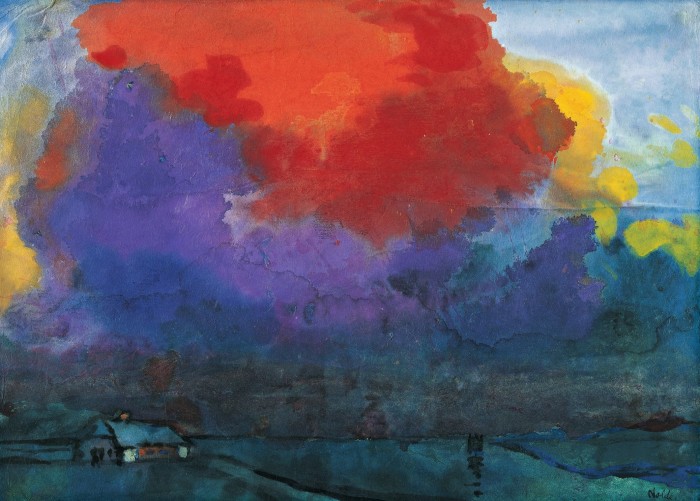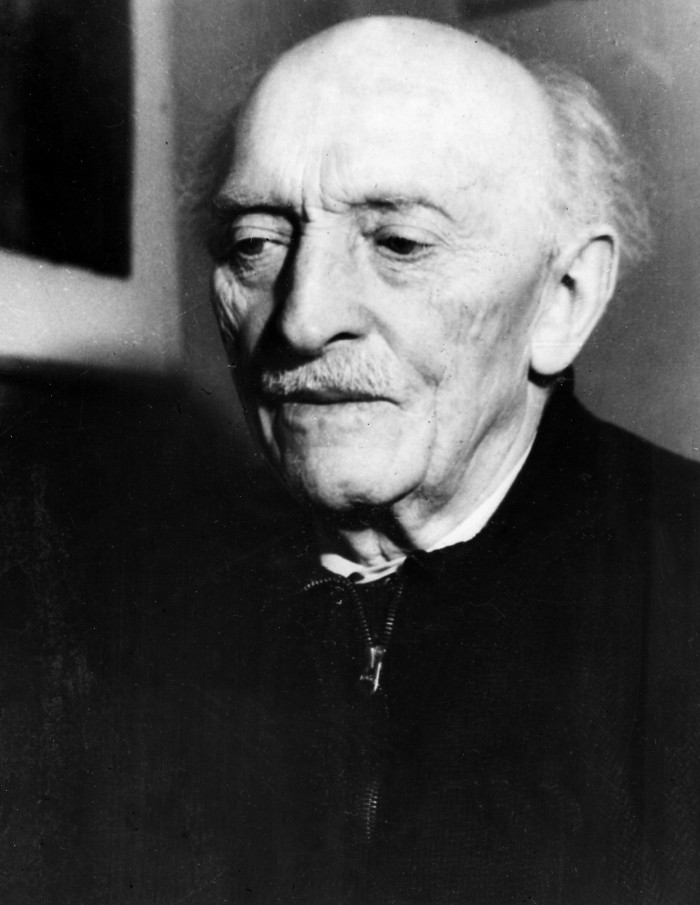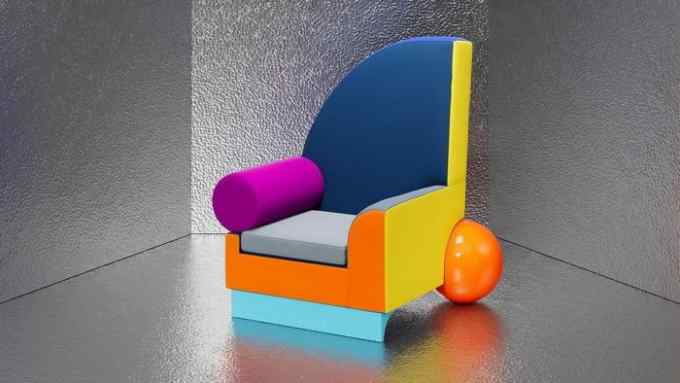‘Degenerate’ artist’s unseen works arrive on the market

Roula Khalaf, Editor of the FT, selects her favourite stories in this weekly newsletter.
Thomas Gibson Fine Art is sticking its neck out with a solo booth of the early German-Danish expressionist Emil Nolde at this year’s Tefaf art and antiques fair. “It’s the first time we have put all our eggs in one basket and brought just one artist to Maastricht,” says owner-director Hugh Gibson, whose gallery has shown at the fair since 2006. The reason, he says, is the quality of the collection — 12 watercolours and three oil paintings — on the market from Nolde’s foundation in Seebüll.
Nolde’s contradictory back-story presents another risk. Born to a farming family in 1867, Nolde was a rare combination of an artist who was labelled as a “degenerate” by the Third Reich while also being a Nazi party member and antisemite — facts that his estate has latterly acknowledged more openly. Gibson is clear-eyed too. “Do I agree with his personal beliefs? Absolutely not. Do I think he is a great artist? Absolutely. You can’t delete the past, but if art, literature and music can’t surpass [their context] then what is the point of it?”
He notes too that Nolde’s celebrated subject matters are not political. Works for Tefaf include the dense Blumen (flowers) and heightened Meer seascapes that top Nolde’s auction market, and there is also an oil portrait of two unknown women from 1912. The other oils date from 1911 for “Forest (with yellow-green light)” and 1940 for “Phlox and Love-Lies-Bleeding”, with the undated watercolours believed to be from 1930-40, based on their subject matter, Gibson says.

Described as a “colour magician” in the exhibition and fair catalogue, Nolde is less of a risk sales-wise with a healthy market, particularly in Europe, but he doesn’t command the prices that other 20th-century art can. For Nolde’s watercolours, which dominate auction sales in volume and at best are ethereal, prices stretch from about $20,000 to $880,000 for a 1950 seascape, his record in this medium. Oil paintings start at around $100,000 and run to Nolde’s auction record of $7.3mn, made in 2020 for his vivid “Herbstmeer XVI” (Autumn Sea, 1911). Gibson has priced his watercolours at Tefaf between €110,000 and €280,000 while the oils top at €1.5mn.
Gibson’s showing came about after he bought a small “Meer” (c1945) watercolour at Christie’s last June for a within-estimate, fee-inclusive £69,300, on the back of which he was introduced to Christian Ring, director of the foundation. “We kept in touch and I asked if there was a chance to do an exhibition, then take [the works] to Maastricht. The fact that they are for sale is the icing on the cake,” Gibson says.
More than half of the Tefaf works released by the foundation, which opened after the artist died in 1956, have not been shown commercially before while two of the watercolours are exhibited for the first time, Gibson confirms.
Tefaf runs March 9-14, thomasgibsonfineart.com

Comments